-
Where The Wild Things Are by Maurice Sendak Analysis
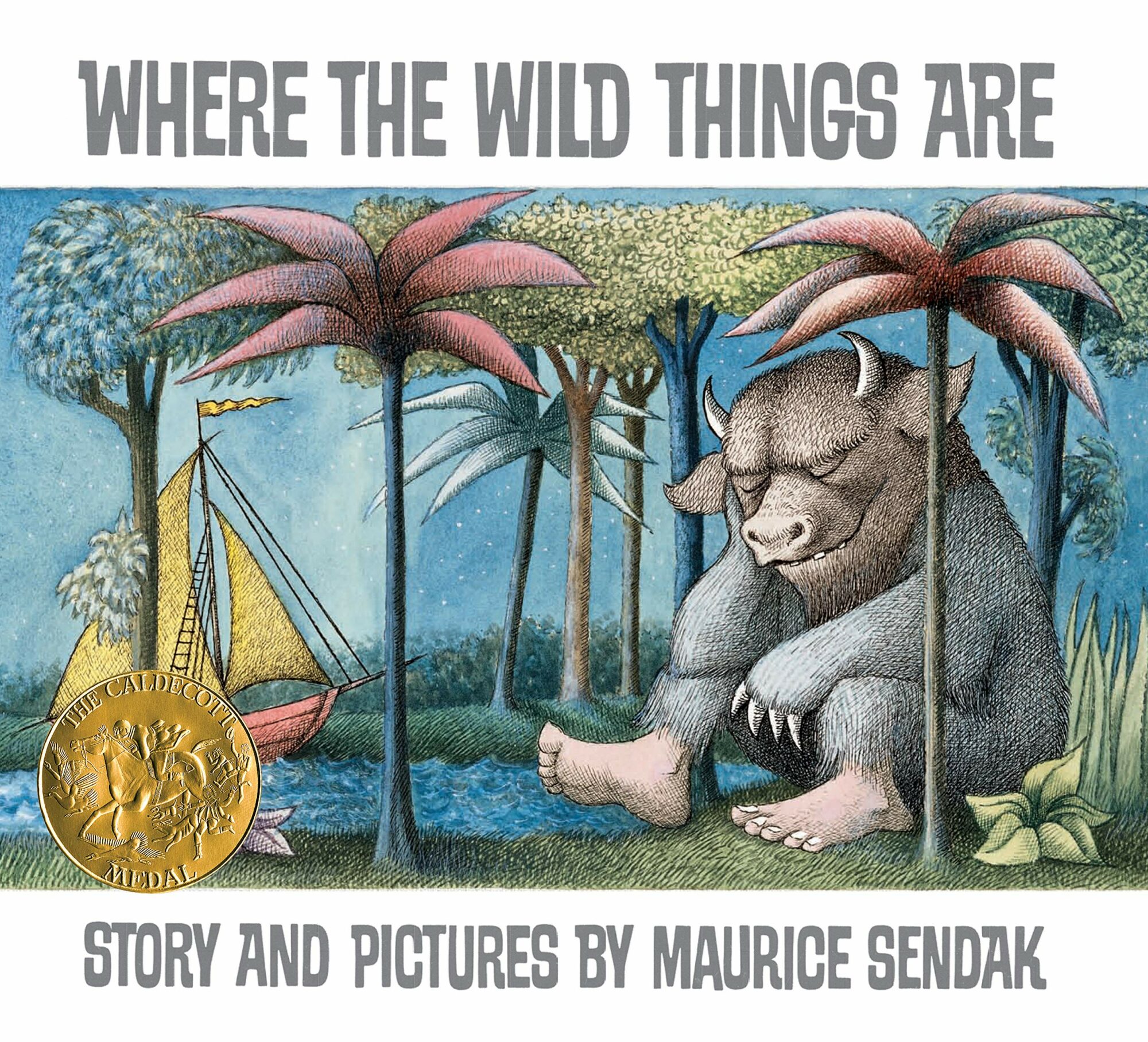
“Where The Wild Things Are” by Maurice Sendak is the picture book that changed picture books forever. The picture book began to be understood, after Maurice Sendak, as something extraordinary – a fusion of images and limited vocabulary which authors such as Julia Donaldson, Lauren Child, Alan and Janet Ahlberg, Emily Gravett and more have turned […]
-
How To Write Underdog Stories
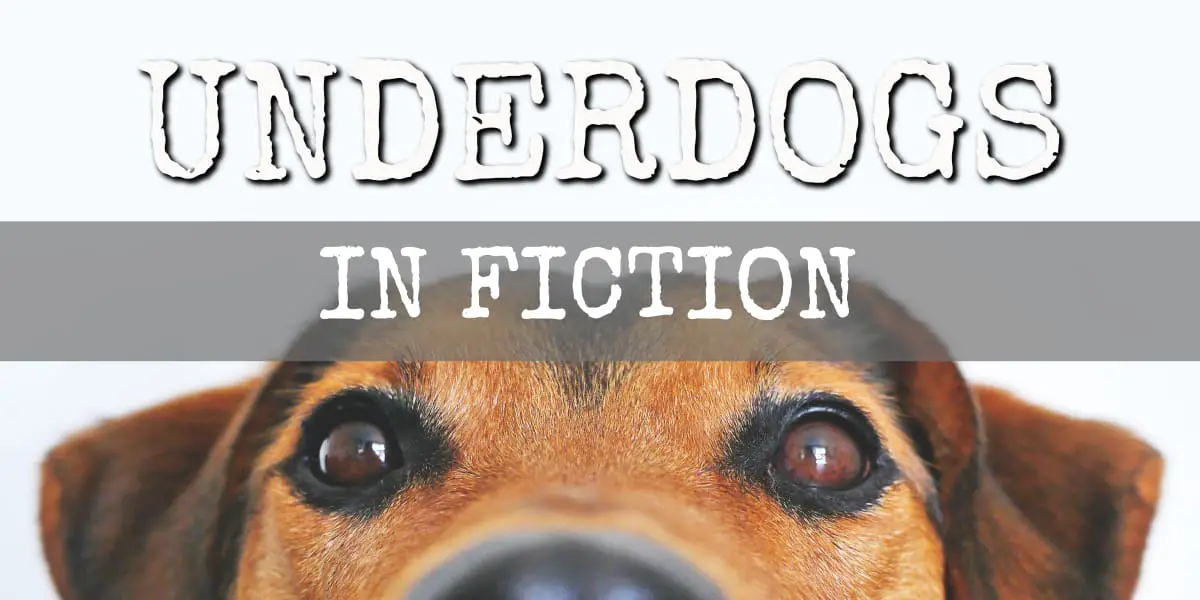
The underdog is very popular as a main character in fiction. But there are ways to write underdogs well as well as pitfalls to avoid. What Is An Underdog? The Three Assumptions Behind Most Underdog Stories It’s worth thinking hard about our own attitudes towards social hierarchy before writing an underdog story. In contemporary stories, […]
-
Pig The Pug by Aaron Blabey Picture Book Analysis
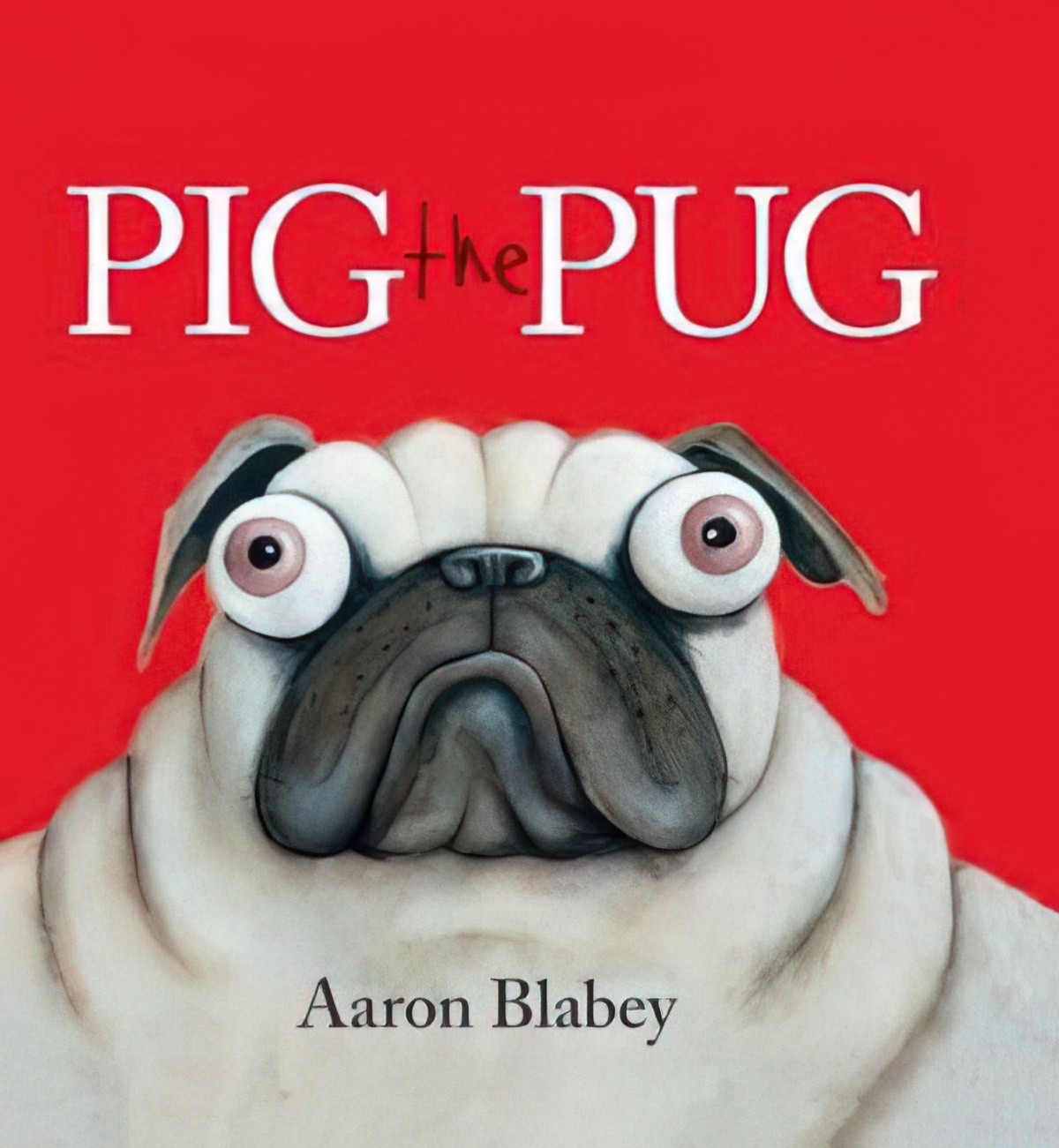
Pig the Pug and Trevor the sausage dog live together in a flat. Pig is greedy and selfish and refuses to share his toys. Trevor suggests they play together, but Pig refuses. He piles up all his toys and sits on top of them, but the pile collapses. Pig ends up covered in bandages, completely unable to escape Trevor’s attentions.…
-
Snow White Fairy Tale History and Storytelling
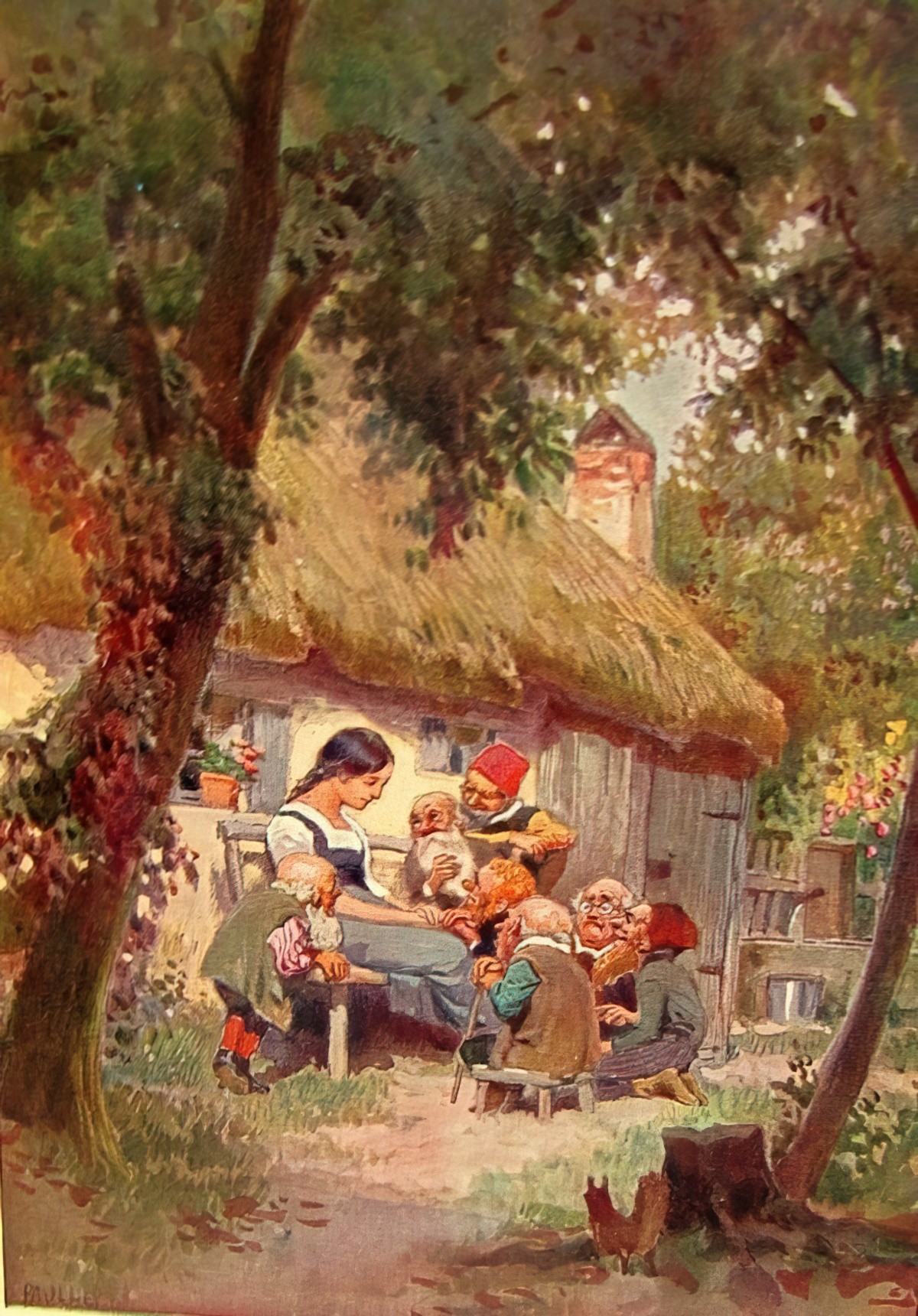
I’m sure any visitor to this blog has at least one version of Snow White on their childhood bookshelf. Which version did you have? When you think of Snow White, perhaps you think fondly of the Disney film, or perhaps, like me, you grew up with ‘Read It Yourself’ versions, as well as coming across it again in fairytale anthologies.
-
Picturebook Study: Grey
Gray, the color we attach to characterless people, often suggests bleakness, lack of intensity, a cool detachment. The oppressively predominating gray of the stone walls surrounding Snow White’s mother in Burkert’s picture of her demands our detachment from her but also contrasts with the vibrantly colored patterns we see surrounding her as we look through […]
-
How Many Words Is A Modern Children’s Book?
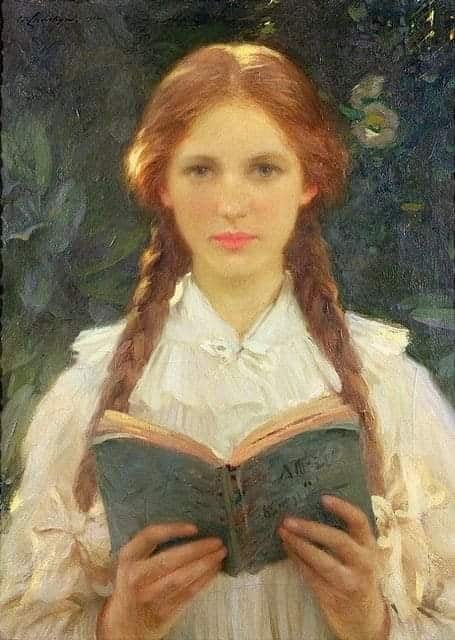
PICTURE BOOK WORD COUNTS The new digital era may welcome variations in time, but for now the ‘correct’ word count is 400 and the ‘correct’ number of pages is 32. The ‘correct’ target age-range for a picture book is under three, three to six, or six to nine. You can tell a great story with [fewer] than 500 […]
-
I Want My Hat Back by Jon Klassen Analysis
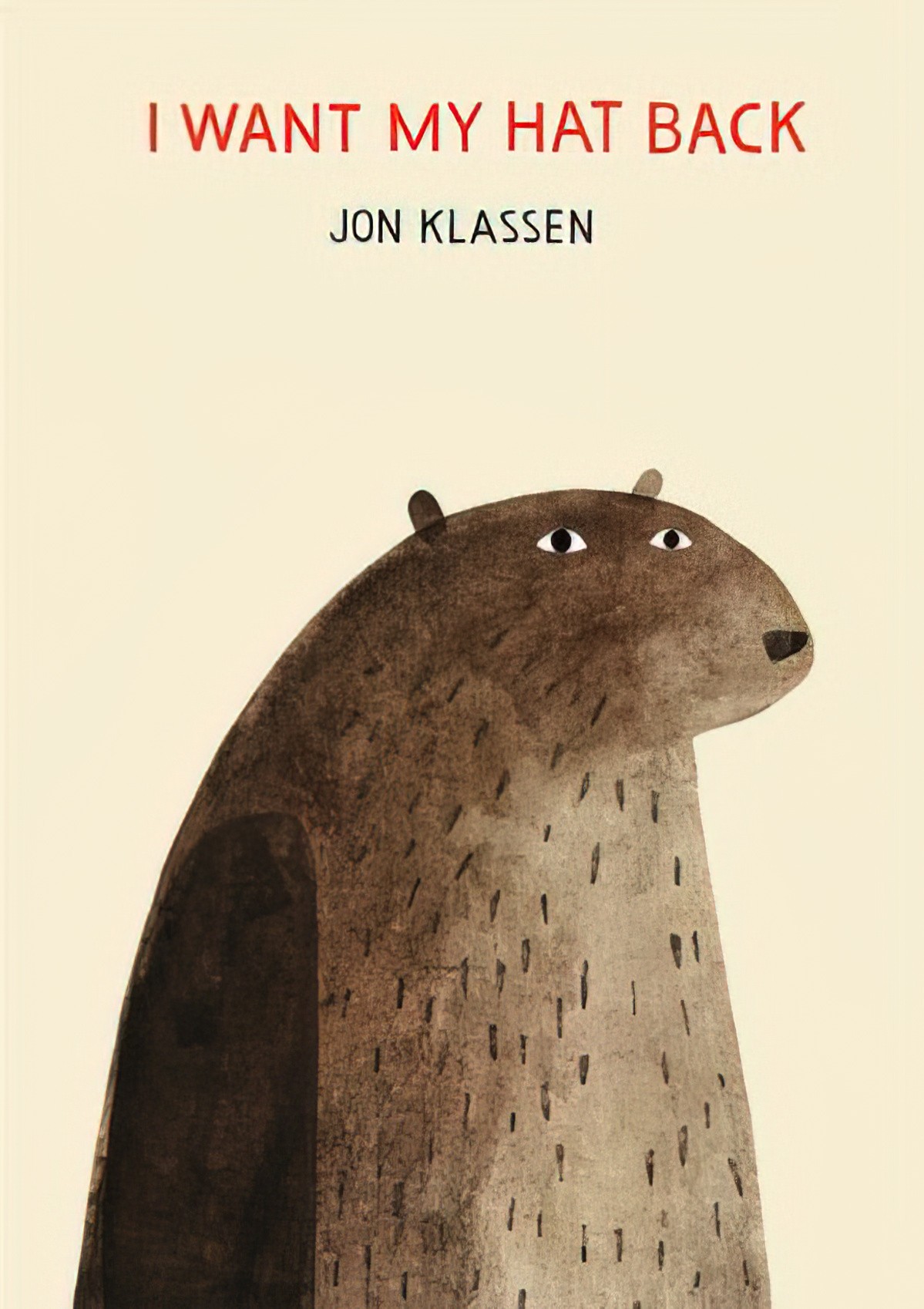
I Want My Hat Back (2011) is one of a trilogy of books written and illustrated by Jon Klassen. The plots are not linked and the characters are different. But they all feature hats. The other two are This Is Not My Hat and We Found A Hat. Holly Storck-Post at SLJ recommends these Jon […]
-
Nicketty Nacketty Noo Noo Noo by Joy Cowley and Tracey Moroney Analysis
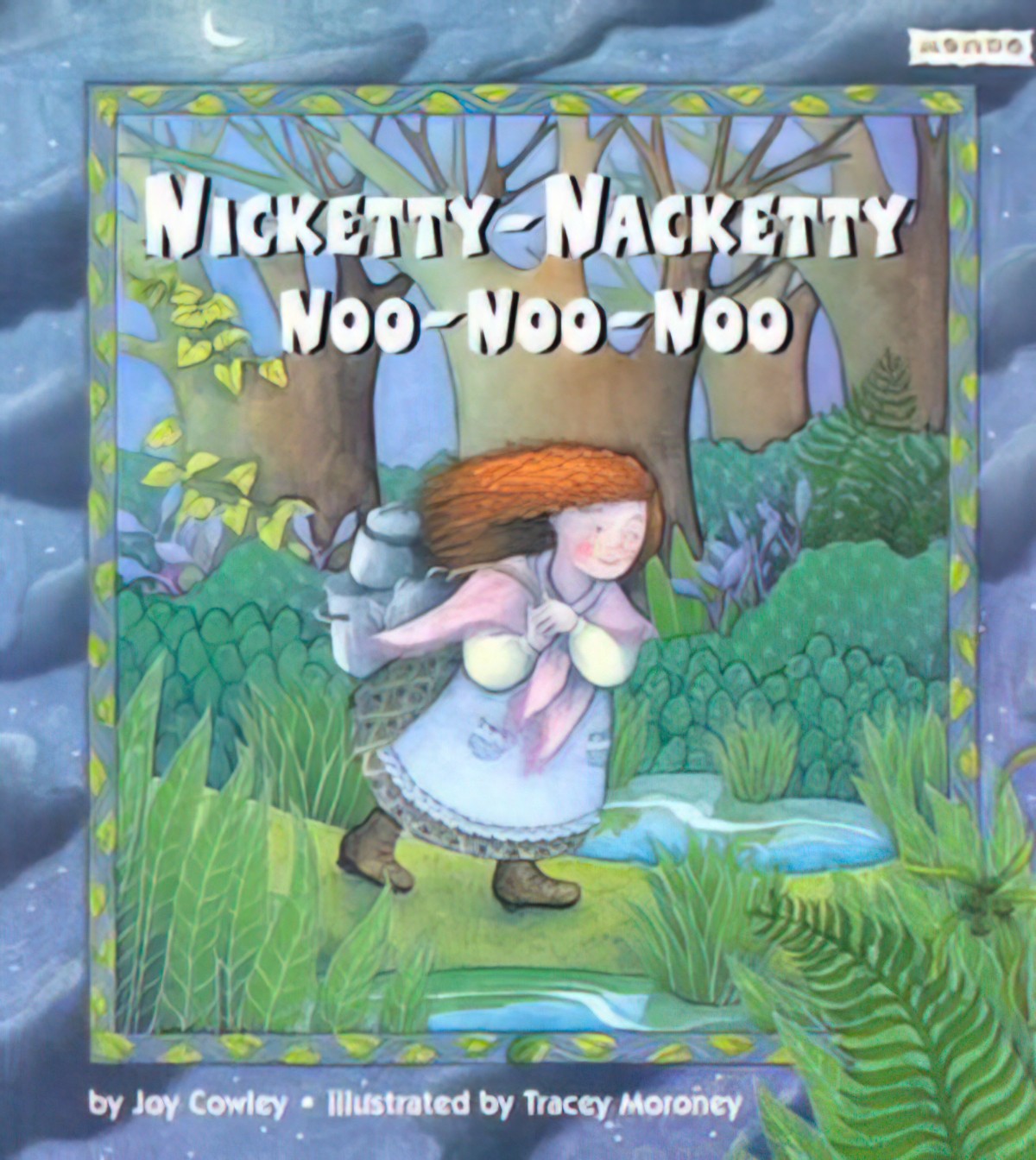
Nicketty Nacketty Noo Noo Noo (1998) is a picture book with strong Scottish influence, written by Joy Cowley — one of New Zealand’s big name children’s authors.
-
Caleb by Gary Crew and Steven Woolman Analysis
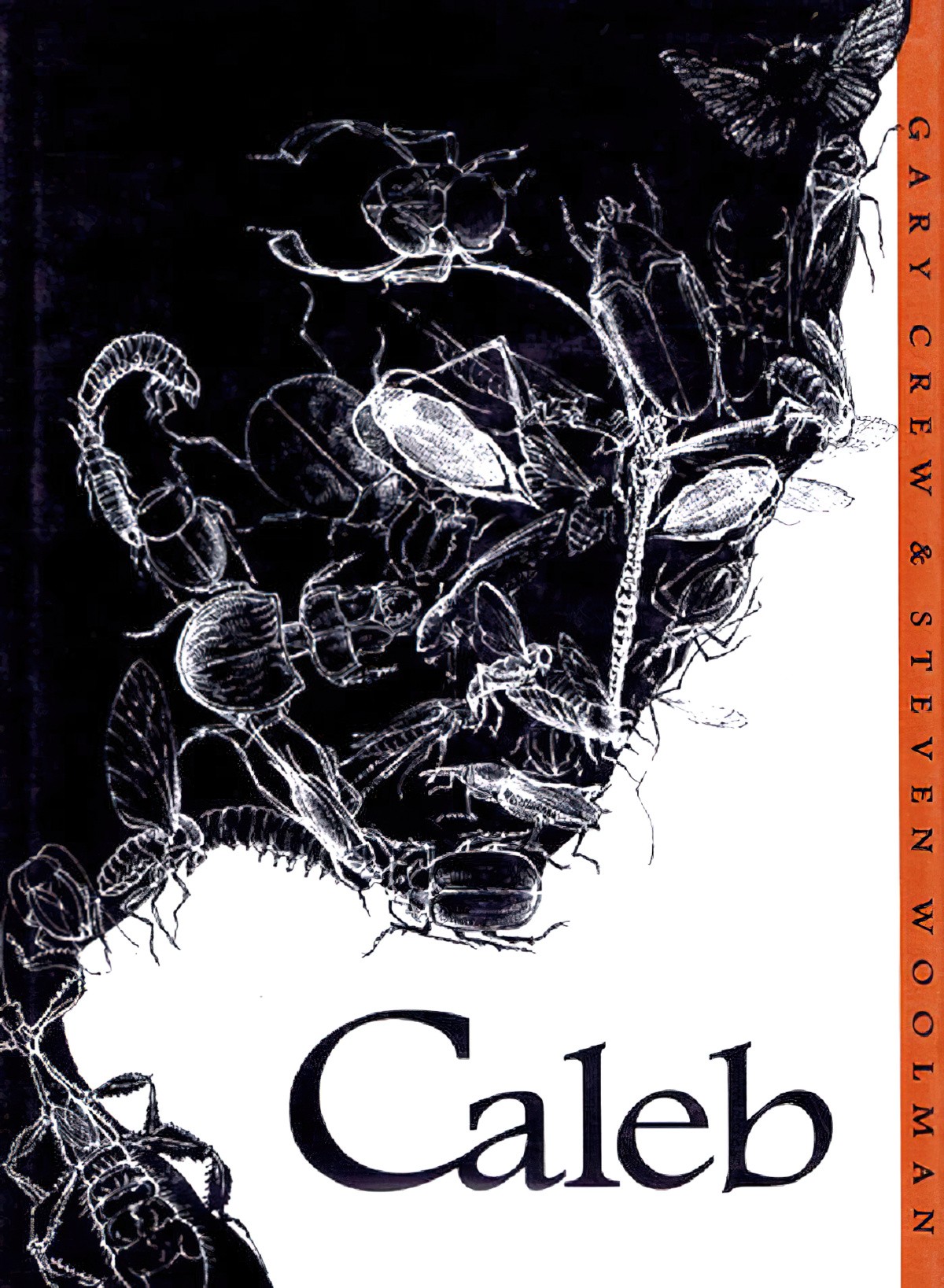
Caleb (1996) by Gary Crew and Steven Woolman is less picturebook (compound word), more ‘illustrated short story’ in typical picture book binding. In other words, the story could exist in its own right. The illustrations expand the story, sure, but unlike typical picture books for younger readers the words still make sense on their own. […]
-
Mog The Forgetful Cat by Judith Kerr Analysis
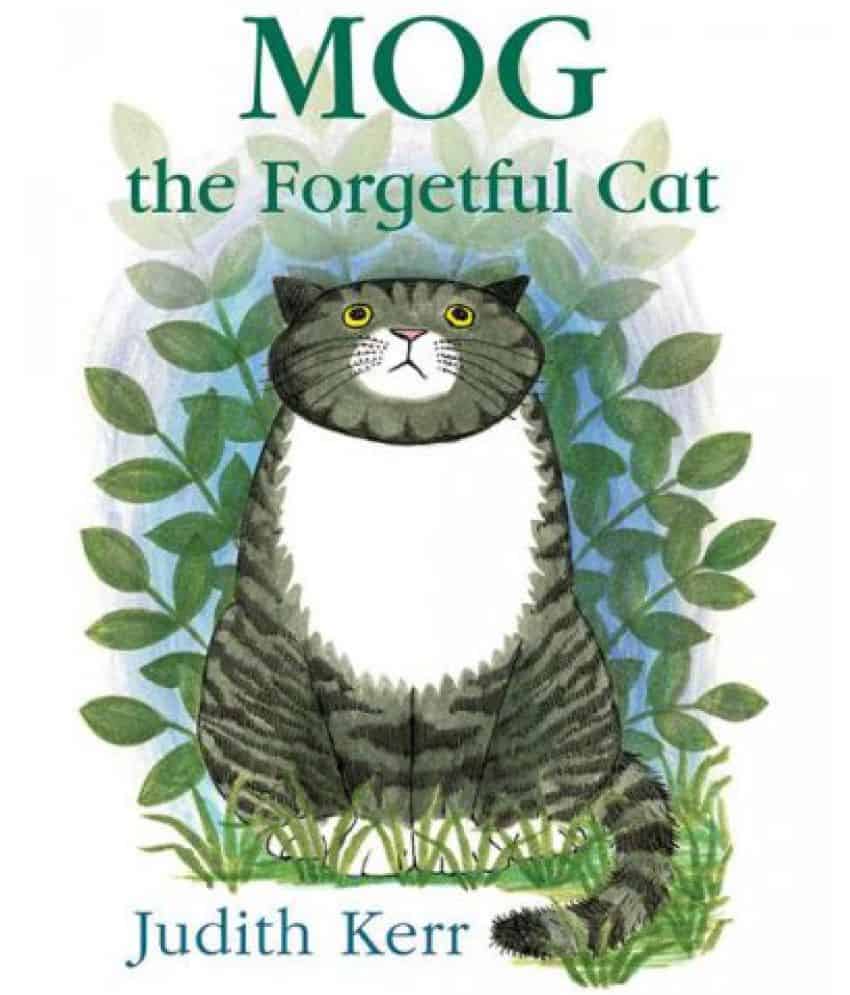
Mog The Forgetful Cat is the story that introduced Mog to young readers at the beginning of the 1970s. You’ll see from the illustrations that this is a book of its time, with 1970s fashion and a traditional nuclear family set-up, including a population that, compared to modern day London, is overwhelmingly white. If there […]
-
The Tiger Who Came To Tea by Judith Kerr Analysis
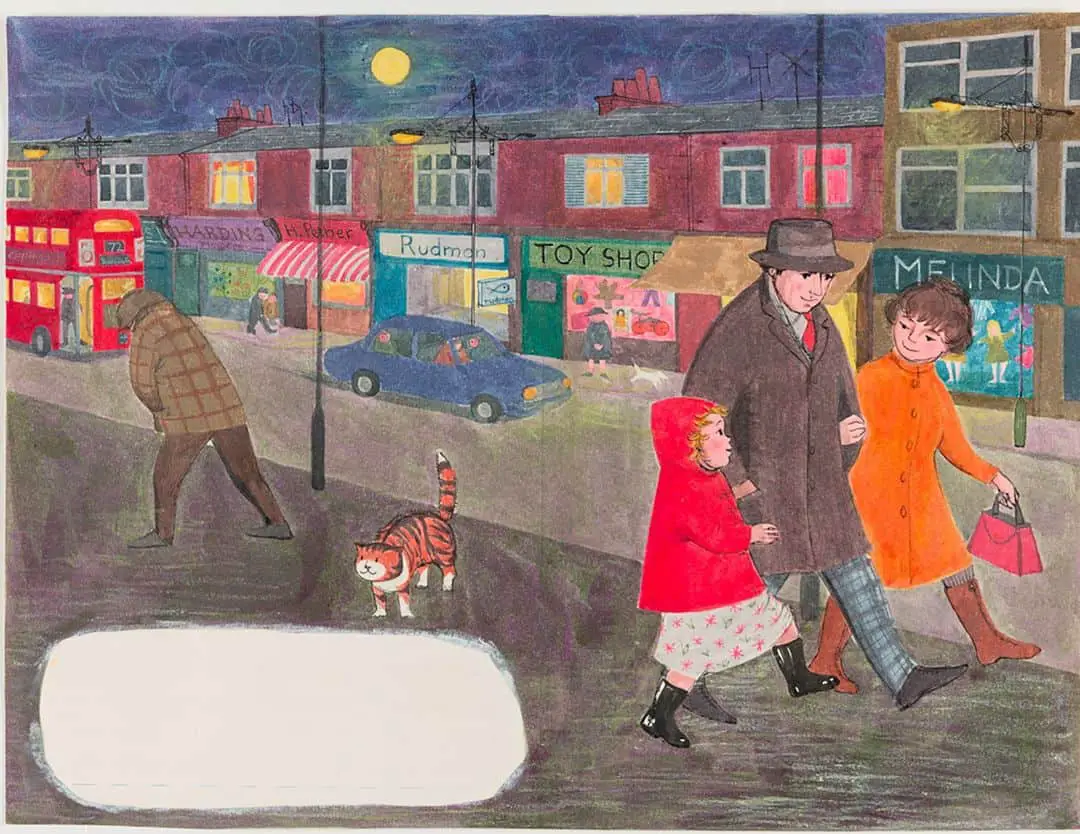
The Tiger Who Came To Tea (1968) is a picture book written and illustrated by British storyteller Judith Kerr.
-
Goodnight Moon by Margaret Wise Brown Analysis
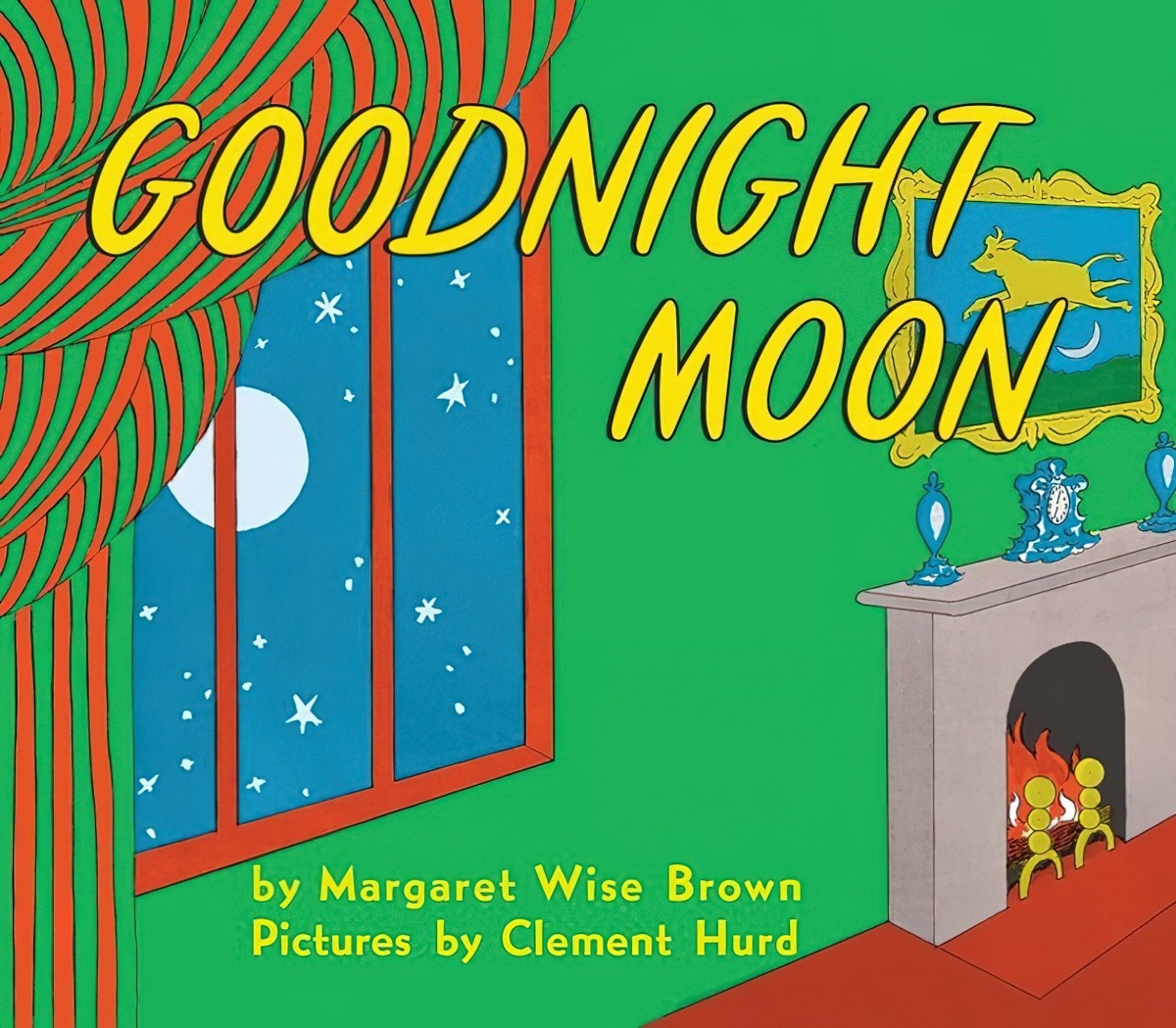
Goodnight Moon is an American picturebook classic, and is of particular interest because who would’ve thunk it? Margaret Wise Brown had a talent for creating odd-duck prose which went down a treat (and still does) with the preschool set. But is this book only of value for toddlers? Never. PARATEXT In a great green room, tucked away […]
-
Harry The Dirty Dog by Gene Zion and Margaret Bloy Graham Analysis
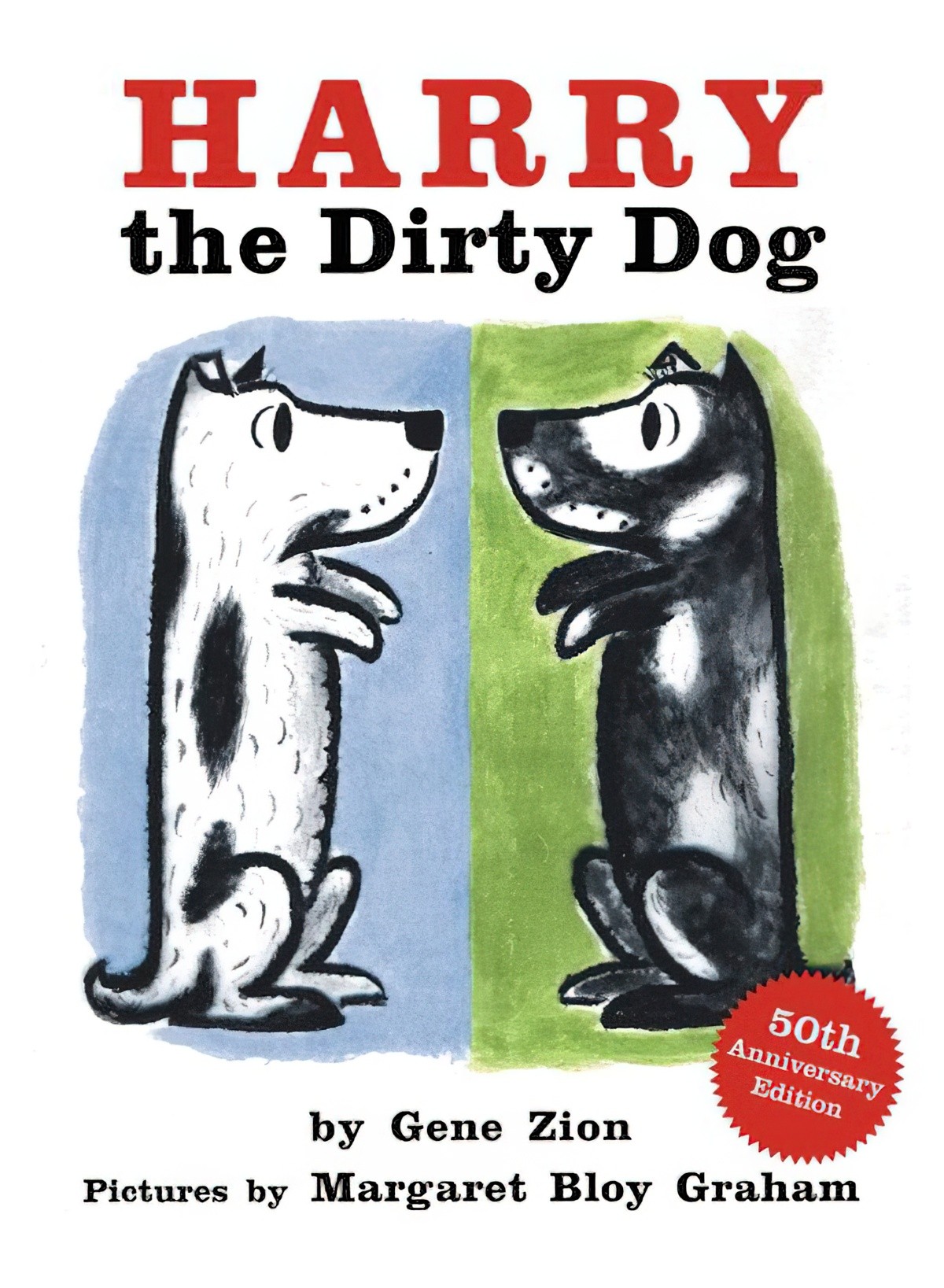
Harry The Dirty Dog (1956) is a good example of what Bakhtin termed ‘the material bodily principle‘ — the human body and its concerns with food and drink (commonly in hyperbolic forms of gluttony and deprivation), sexuality (usually displaced into questions of undress) and excretion (usually displaced into opportunities for getting dirty). This book is also […]
-
No Roses For Harry! by Gene Zion and Margaret Bloy Graham Analysis
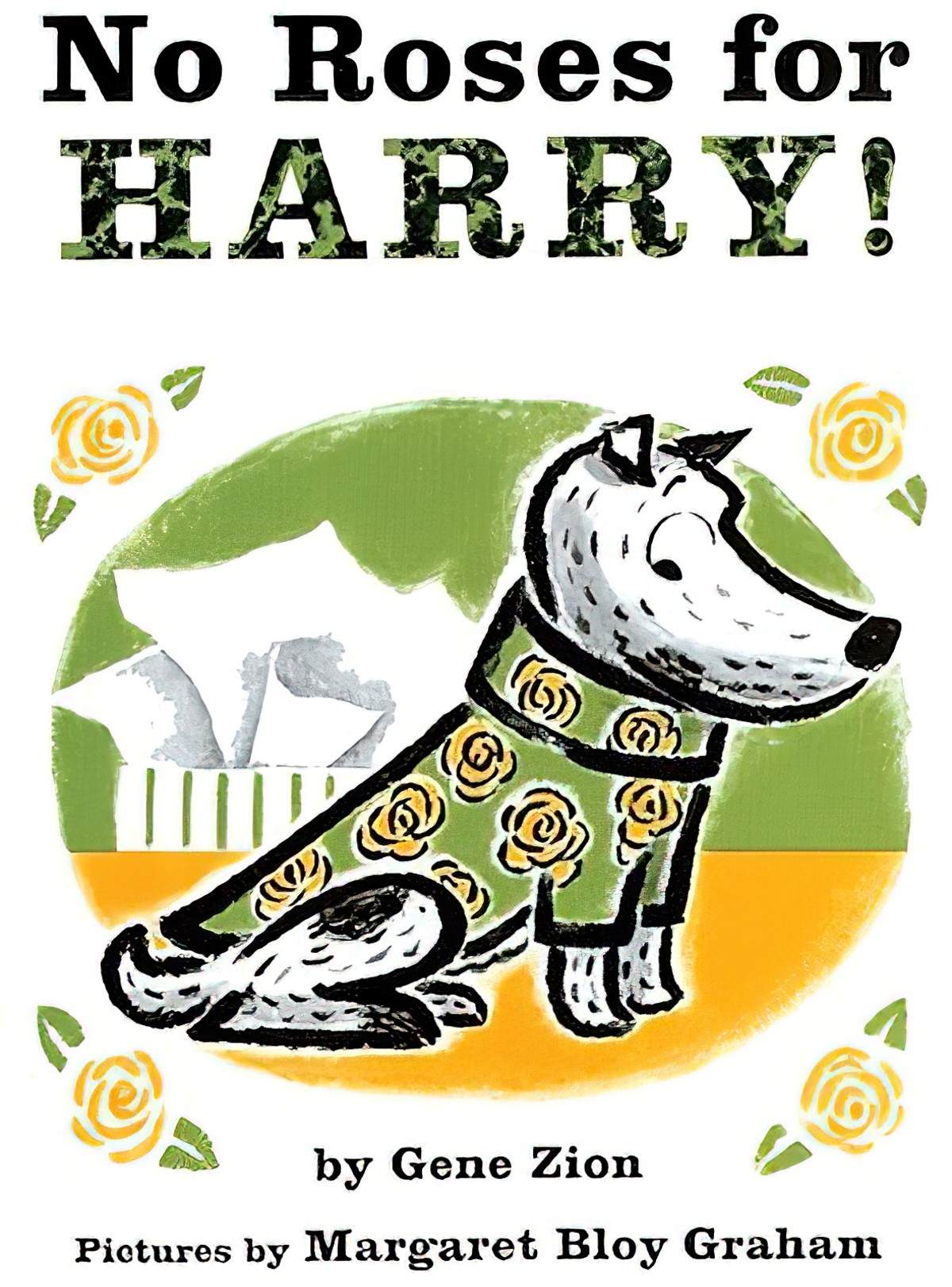
No Roses For Harry by Gene Zion and Margaret Bloy Graham (1958) is a sequel to Harry The Dirty Dog. I like this story less due to its increasingly outdated message about masculinity. WHAT HAPPENS IN NO ROSES FOR HARRY Human grandmother sends partly anthropomorphised pet dog a coat for the dog’s birthday. The coat […]
-
The Snowman by Raymond Briggs
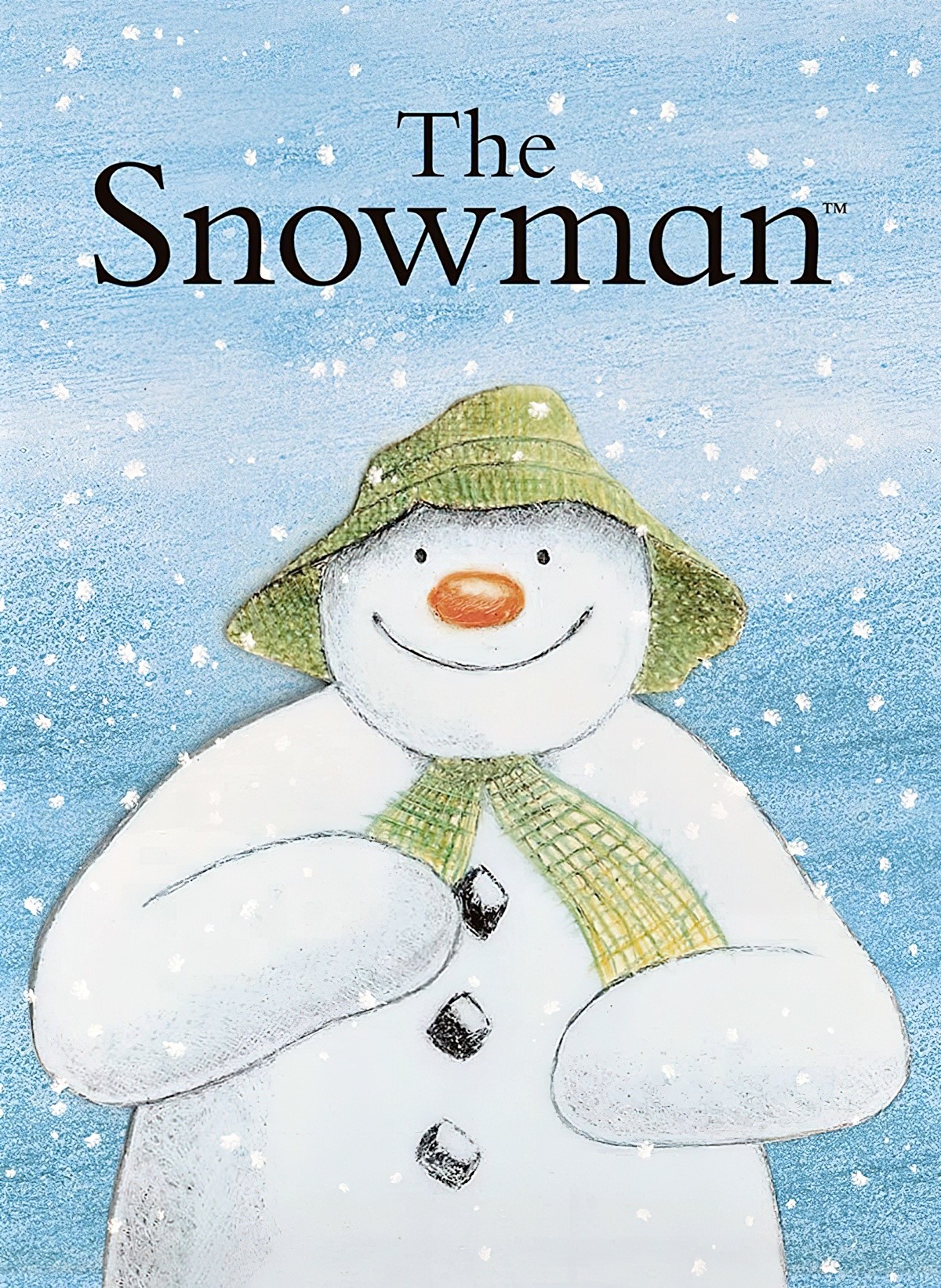
This month I’m blogging a series aimed at teaching kids how to structure a story. This seven-step structure works for all forms of narrative. It works for picture books, songs, commercials, films and novels. Today I take a close look at The Snowman by Raymond Briggs.